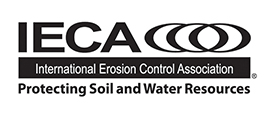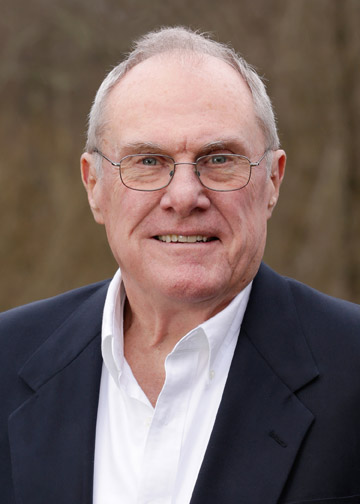One Man’s Journey to a Sediment Solution
Warren Faircloth took jobs nobody wanted and worked in a new field where “no one knew what they were doing.” Along the way, he established meaningful collaborations and found abundant opportunities. Faircloth determined that sediment control could be successful, and he stimulated research into erosion and sediment control that proved him right.
At NC State University, Faircloth obtained a geology degree. After college, he worked for seven years in agricultural conservation for the Chatham and Orange County Soil and Water Conservation Districts in North Carolina, United States. That first job was a temporary one that nobody wanted, “but it ended up being a great opportunity for me,” Faircloth said.
He spent 18 years in erosion control. Faircloth oversaw the erosion control ordinance on construction in Orange County and Chapel Hill, North Carolina. Faircloth gained a reputation for being a natural educator and someone who stayed calm and professional in adversity. When he uncovered a difficult situation, such as someone grading without a permit, he would calmly and respectfully educate those seeking permits. Faircloth aimed to find the best solution for each party.
This position gave him a front-row seat to urban erosion and sediment control. It was a new field with plenty of problems and few solutions. One major problem, which seemed prevalent at all construction sites, was the poor performance of onsite sediment basins. Though they were meant to reduce sediment discharge, he found that most did not seem to improve water quality. The solution, to discharge the cleanest water from as close to the water surface as possible, seemed simple enough. Faircloth started gluing together PVC pipe. He created a device that would float on the surface, regulate filling/draining and release the cleanest surface water.
Faircloth convinced a developer in Chapel Hill to let him install “this crazy-looking device” in a sediment basin. Then he waited for rain. And waited. He had to wait two months. After it eventually rained, Faircloth realized his device made a dramatic difference in the sediment that was below in the watercourse. His skimmer is one of the things he’s most proud of.
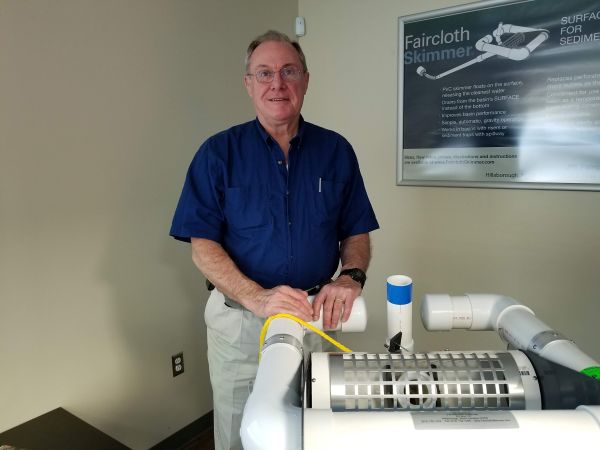
Faircloth’s creation helped stimulate research. His journey began with an article he stumbled across in the Journal of Soil and Water Conservation. A graduate student and his professor in the Department of Agriculture and Biological Engineering at Penn State University published a paper about the student’s experiments with sediment basins. They had tried to build a surface drain and could not get it to work. So Faircloth copied some of his slides and sent them to the professor, Albert Jarrett, Ph.D., PE. The professor was very interested.
Faircloth traveled to Penn State and showed up in Jarrett’s doorway with his skimmer in his hand. The professor had an immediate reaction that indicated yes, that’s what the skimmer should look like. For Faircloth, who says he wasn’t a good student in college, the professor’s reaction was probably the most satisfying moment of his life. Faircloth ended up sponsoring some of the sediment research at the University. Jarrett encouraged Faircloth and promoted his skimmer idea in Pennsylvania, USA. That area ended up being his first market when he was making skimmers on the side of working full time.
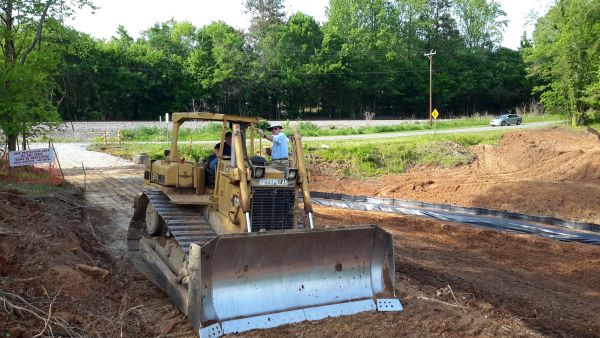
Later, Faircloth helped stimulate the building of a lab by the Department of Crop and Soil Sciences at NC State University. NC State took a lead role in education about sediment basins. When the professor leading the research (Rich McLaughlin, Ph.D., who authors Environmental Connection’s Research Briefs) retired, Auburn University picked up the research efforts.
Over these years, Faircloth attended chapter meetings and annual conferences of the International Erosion Control Association (IECA), which he recommends to those starting
in the field. “Get as much education as you can,” he advised. He also benefited from interacting with fellow attendees and hearing about their successes and setbacks. He was even known to grab a few graduate students at the annual conference and treat them to a
nice dinner, just to get to know them and learn about their research projects. In 1995, a paper Faircloth submitted on his skimmer earned him the Technical Paper of the Year award
from IECA.
After spending four years making skimmers, Faircloth and his wife, Margaret, founded Faircloth Skimmer in 2000. He was just a few years away from reaching full retirement benefits in his government job, but his wife was supportive of the new venture and lent her skills. They made a good team. Faircloth knew the technical and manufacturing side, and Margaret knew how to multitask and make good business decisions. “She was the brains behind the business,” Faircloth said. In 2007, Faircloth won the ICEA Environmental Achievement award. He also won the 2023 Sustained Contributor Award from the South East Chapter of IECA.
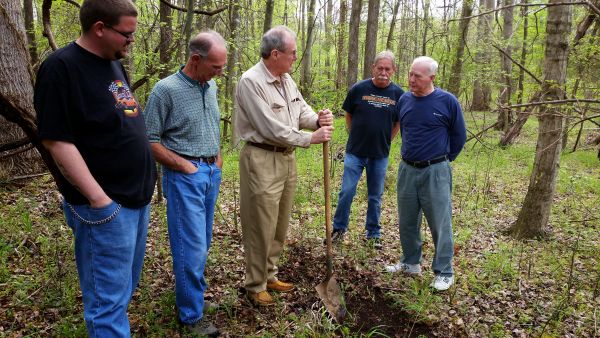
Now that he’s sold the business and officially retired, Faircloth is putting his time into mentoring a high school robotics team that is sponsored by Faircloth Skimmer. He also enjoys collecting models of construction equipment and reading books about history, construction machinery, engineering and invention. The creative process fascinates him. Initially, Faircloth wanted to be an engineer, but “I ended up doing what I wanted to do.”
Faircloth recently was awarded IECA’s Lifetime Achievement Award, the organization’s highest award. It recognizes individuals who have demonstrated extraordinary dedication, leadership and impact in the erosion and sediment control, stormwater management and environmental conservation industries.
“It’s very gratifying that, you know, the 30 years or more that I’ve put into this have benefited the environment, the community I live in,” Faircloth said.
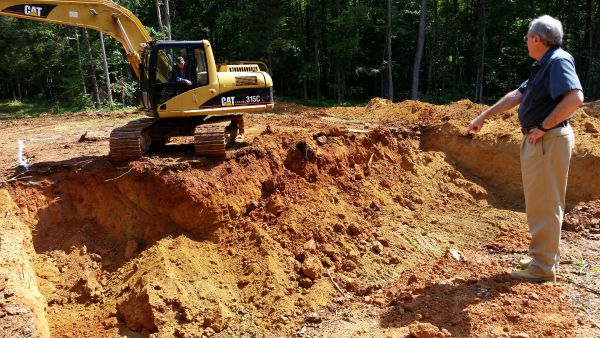
About the Experts
• Joy Dickinson is the editor of Environmental Connection.

